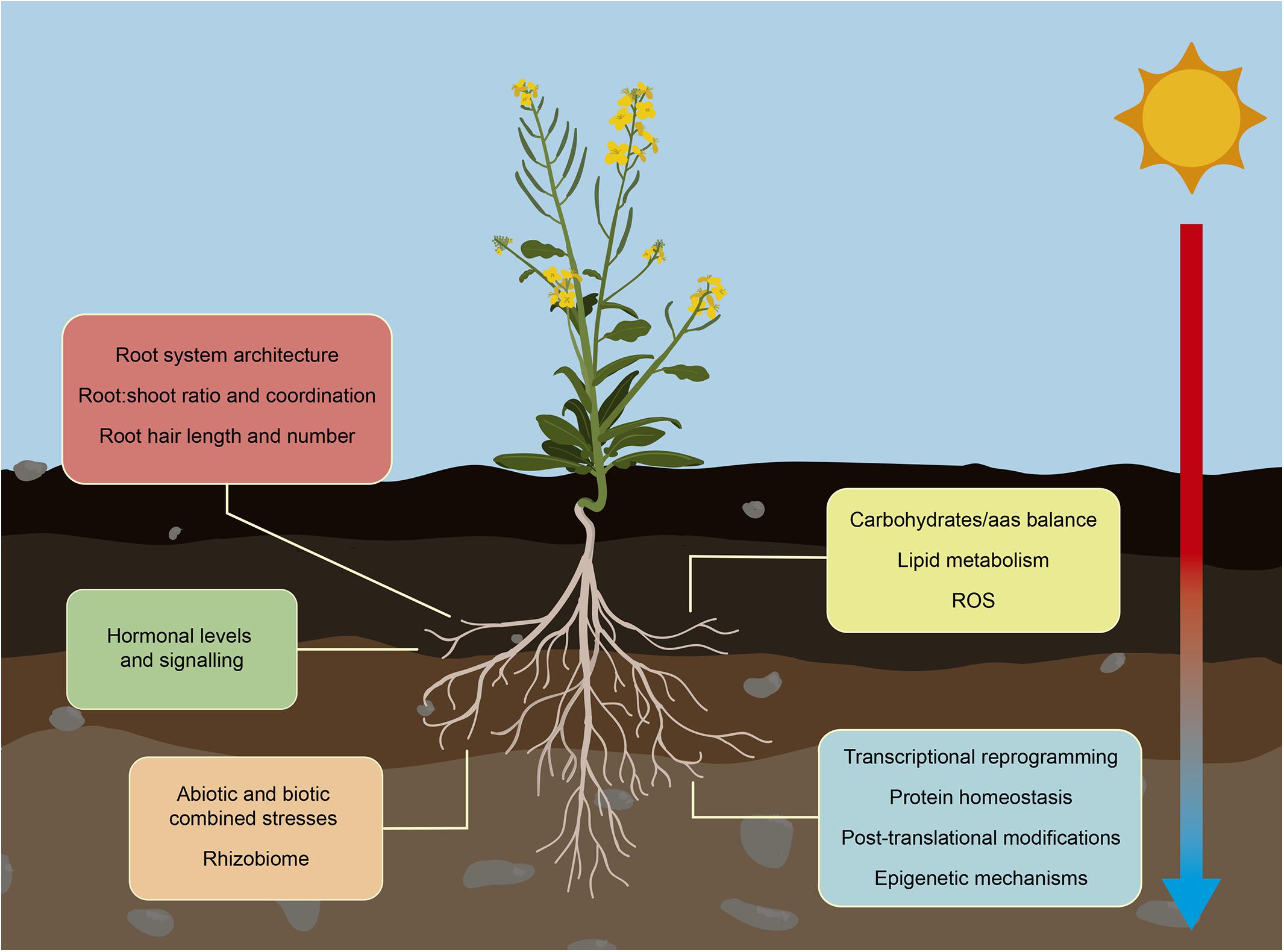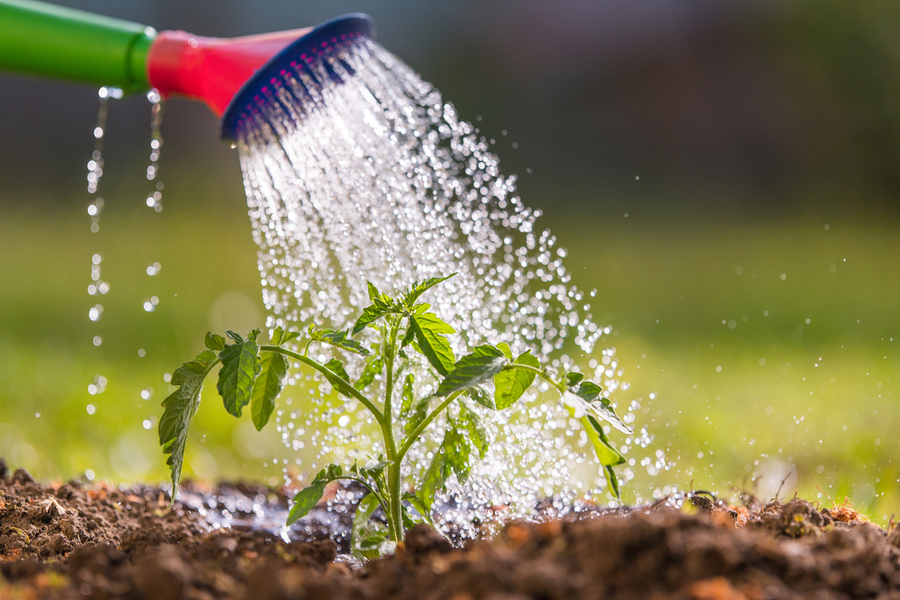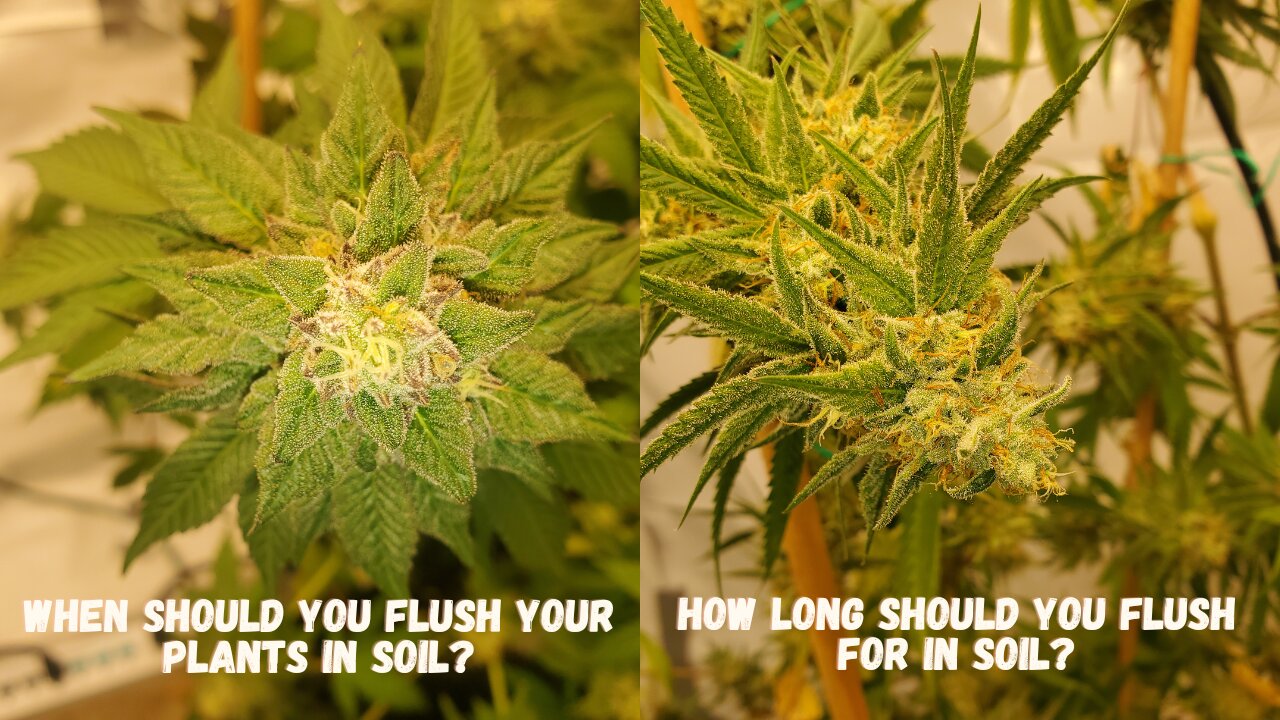Factors Affecting Watering Duration: Soil Type, Climate, and Plant Species
When it comes to determining how long to water plants for, several factors come into play. Soil type, climate, and plant species are three of the most significant factors that affect watering duration. Understanding how these factors impact watering needs can help gardeners provide their plants with the right amount of water.
Soil type, for instance, plays a crucial role in determining watering duration. Sandy soils, which drain quickly, may require more frequent watering, while clay soils, which retain moisture, may require less frequent watering. Loamy soils, which have a mix of sand, silt, and clay, tend to have a moderate watering requirement.
Climate is another critical factor that affects watering duration. Plants growing in hot and dry climates may require more frequent watering, while those growing in cool and humid climates may require less frequent watering. In areas with high rainfall, plants may require less watering, while in areas with low rainfall, plants may require more watering.
Plant species is also an essential factor to consider when determining watering duration. Some plants, such as succulents and cacti, are drought-tolerant and require infrequent watering, while others, such as ferns and peace lilies, require more frequent watering. Understanding the specific watering needs of each plant species can help gardeners provide the right amount of water.
For example, plants like tomatoes and peppers require consistent moisture, especially when they’re producing fruit. On the other hand, plants like succulents and cacti can survive with minimal watering. By understanding the specific watering needs of each plant species, gardeners can adjust their watering schedule accordingly.
In addition to these factors, the time of year also affects watering duration. During the growing season, plants require more water, while during the dormant season, they require less water. By taking these factors into account, gardeners can adjust their watering schedule to provide their plants with the right amount of water.
How to Determine the Optimal Watering Time for Your Plants
Determining the optimal watering time for plants can be a challenging task, especially for gardeners who are new to plant care. However, with a few simple tips and techniques, it’s easy to determine the ideal watering time for your plants. One of the most effective ways to determine the optimal watering time is to check the soil moisture.
Checking soil moisture is a simple process that involves inserting your finger into the soil up to the first knuckle. If the soil feels dry, it’s time to water. If the soil feels moist, wait another day or two before checking again. This method is especially useful for plants that prefer well-draining soil, such as succulents and cacti.
Another way to determine the optimal watering time is to observe plant signs. Plants will often exhibit signs of stress when they need water, such as droopy leaves or a wilted appearance. By observing these signs, you can determine when your plants need water. For example, if your plants are droopy in the morning, it may be a sign that they need water.
Using a watering schedule is also an effective way to determine the optimal watering time. By creating a schedule, you can ensure that your plants receive the right amount of water at the right time. For example, if you have plants that prefer to be watered in the morning, you can set a reminder to water them at the same time every day.
In addition to these methods, you can also use a moisture meter to determine the optimal watering time. A moisture meter is a device that measures the moisture levels in the soil, providing an accurate reading of when your plants need water. This method is especially useful for plants that prefer consistent moisture levels, such as ferns and peace lilies.
By using these methods, you can determine the optimal watering time for your plants and ensure they receive the right amount of water. Remember, the key to healthy plant growth is to provide the right amount of water at the right time. By following these tips, you can help your plants thrive and reach their full potential.
The Role of Watering Frequency: Daily, Weekly, or Monthly?
Watering frequency is a crucial aspect of plant care, and it can be challenging to determine the best frequency for your plants. The frequency of watering depends on various factors, including the type of plant, soil type, climate, and time of year. In this section, we will explore the pros and cons of different watering frequencies, including daily, weekly, and monthly watering.
Daily watering is often necessary for plants that require consistent moisture, such as ferns and peace lilies. However, daily watering can be detrimental to plants that prefer well-draining soil, such as succulents and cacti. Overwatering can lead to root rot and other problems, so it’s essential to monitor the soil moisture and adjust the watering frequency accordingly.
Weekly watering is a good option for most plants, as it allows the soil to dry out slightly between waterings. This frequency is suitable for plants that prefer moist soil, such as flowering plants and vegetables. However, weekly watering may not be enough for plants that require consistent moisture, such as ferns and peace lilies.
Monthly watering is often sufficient for plants that prefer dry soil, such as succulents and cacti. However, monthly watering may not be enough for plants that require consistent moisture, such as ferns and peace lilies. It’s essential to monitor the soil moisture and adjust the watering frequency accordingly.
When determining the best watering frequency for your plants, it’s essential to consider the specific needs of each plant. For example, plants that prefer well-draining soil may require less frequent watering, while plants that prefer moist soil may require more frequent watering. By understanding the specific needs of your plants, you can determine the best watering frequency and ensure they receive the right amount of water.
In addition to considering the specific needs of your plants, it’s also essential to monitor the soil moisture and adjust the watering frequency accordingly. By checking the soil moisture regularly, you can determine when your plants need water and avoid overwatering or underwatering. This will help you find the perfect balance for your plants’ hydration needs and ensure they receive the right amount of water.
Watering Techniques for Different Plant Types: Succulents, Ferns, and More
When it comes to watering plants, different plant types have unique requirements. Succulents, for example, prefer infrequent watering, while ferns require consistent moisture. In this section, we will explore specific watering techniques for various plant types, including succulents, ferns, and flowering plants.
Succulents are known for their ability to store water in their leaves, stems, and roots. As a result, they require infrequent watering, typically once a week in the summer and once a month in the winter. When watering succulents, it’s essential to water thoroughly, making sure the soil is moist but not waterlogged.
Ferns, on the other hand, require consistent moisture to thrive. They prefer to be watered daily, but the amount of water should be adjusted based on the humidity and temperature of the environment. In dry environments, ferns may require more frequent watering, while in humid environments, they may require less.
Flowering plants, such as roses and petunias, require regular watering to promote healthy growth and blooming. They prefer to be watered deeply once or twice a week, depending on the soil type and climate. It’s essential to avoid getting water on the leaves or flowers to prevent fungal diseases.
Other plant types, such as cacti and air plants, have unique watering requirements. Cacti, for example, prefer to be watered sparingly, typically once a month, while air plants require regular misting to thrive.
When watering different plant types, it’s essential to consider their specific needs and adjust your watering schedule accordingly. By providing the right amount of water, you can promote healthy growth, prevent disease, and ensure your plants thrive.
In addition to considering the specific needs of each plant type, it’s also essential to monitor the soil moisture and adjust the watering schedule accordingly. By checking the soil moisture regularly, you can determine when your plants need water and avoid overwatering or underwatering.
Common Mistakes to Avoid When Watering Your Plants
Watering plants can be a delicate process, and making mistakes can have serious consequences for your plants’ health. In this section, we will explore common mistakes people make when watering their plants and offer advice on how to avoid these mistakes.
One of the most common mistakes people make when watering their plants is overwatering. Overwatering can lead to root rot, nutrient deficiencies, and increased susceptibility to pests and diseases. To avoid overwatering, it’s essential to check the soil moisture regularly and adjust the watering schedule accordingly.
Underwatering is another common mistake people make when watering their plants. Underwatering can cause stress, reduced growth, and increased risk of infestation. To avoid underwatering, it’s essential to monitor the plant’s signs and adjust the watering schedule accordingly.
Getting water on leaves is another mistake people make when watering their plants. Getting water on leaves can cause fungal diseases and other problems. To avoid getting water on leaves, it’s essential to water at the base of the plant, avoiding the leaves and flowers.
Not adjusting the watering schedule according to the season is another mistake people make when watering their plants. Different seasons require different watering schedules, and failing to adjust the schedule can lead to overwatering or underwatering. To avoid this mistake, it’s essential to monitor the weather and adjust the watering schedule accordingly.
Not using a watering can or cup is another mistake people make when watering their plants. Using a watering can or cup can help to deliver water directly to the roots, reducing the risk of overwatering and underwatering. To avoid this mistake, it’s essential to use a watering can or cup when watering your plants.
By avoiding these common mistakes, you can ensure that your plants receive the right amount of water and thrive. Remember, watering plants is an art that requires patience, attention to detail, and a willingness to learn and adapt.
Using Technology to Simplify Plant Watering: Smart Watering Systems and Apps
With the advancement of technology, plant watering has become more efficient and convenient. Smart watering systems and apps have made it possible to automate watering schedules, monitor soil moisture, and receive notifications when plants need water. In this section, we will explore the benefits of using smart watering systems and apps to simplify plant watering.
Smart watering systems use sensors to monitor soil moisture and adjust watering schedules accordingly. These systems can be programmed to water plants at specific times of the day or week, ensuring that plants receive the right amount of water. Some smart watering systems also come with features such as rain sensors, which can detect rainfall and adjust watering schedules accordingly.
Smart watering apps, on the other hand, provide a more convenient way to monitor and control plant watering. These apps can be downloaded on smartphones and tablets, allowing users to monitor soil moisture, adjust watering schedules, and receive notifications when plants need water. Some smart watering apps also provide features such as plant identification, which can help users identify the type of plant they have and provide specific watering instructions.
Using smart watering systems and apps can provide several benefits, including increased efficiency, reduced water waste, and improved plant health. By automating watering schedules and monitoring soil moisture, users can ensure that their plants receive the right amount of water, reducing the risk of overwatering and underwatering.
In addition to the benefits mentioned above, smart watering systems and apps can also provide users with valuable insights into their plant’s watering needs. By monitoring soil moisture and adjusting watering schedules accordingly, users can gain a better understanding of their plant’s watering needs and make adjustments as necessary.
Overall, smart watering systems and apps have made it easier and more convenient to water plants. By automating watering schedules and monitoring soil moisture, users can ensure that their plants receive the right amount of water, reducing the risk of overwatering and underwatering.
Conclusion: Finding the Perfect Balance for Your Plants’ Hydration Needs
Mastering the art of plant hydration requires a deep understanding of the complex relationships between plants, water, and the environment. By considering the factors that affect watering duration, such as soil type, climate, and plant species, and by using the right watering techniques, you can provide your plants with the perfect balance of hydration.
Remember, the key to healthy plant growth is to find the right balance between overwatering and underwatering. By avoiding common mistakes, such as getting water on leaves and not adjusting the watering schedule according to the season, you can ensure that your plants receive the right amount of water.
Using technology, such as smart watering systems and apps, can also help to simplify plant watering and ensure that your plants receive the right amount of water. By automating watering schedules and monitoring soil moisture, you can reduce the risk of overwatering and underwatering and provide your plants with the perfect balance of hydration.
By following the tips and guidelines outlined in this article, you can master the art of plant hydration and provide your plants with the perfect balance of water. Remember, the right balance of hydration is essential for healthy plant growth, and by finding this balance, you can help your plants thrive.
In conclusion, finding the perfect balance for your plants’ hydration needs is a complex process that requires a deep understanding of the relationships between plants, water, and the environment. By considering the factors that affect watering duration, using the right watering techniques, and avoiding common mistakes, you can provide your plants with the perfect balance of hydration and help them thrive.
Conclusion: Finding the Perfect Balance for Your Plants’ Hydration Needs
In conclusion, finding the perfect balance for your plants’ hydration needs is crucial for their healthy growth and development. By understanding the factors that affect watering duration, such as soil type, climate, and plant species, and by using the right watering techniques, you can provide your plants with the perfect balance of hydration.
Remember, the key to healthy plant growth is to find the right balance between overwatering and underwatering. By avoiding common mistakes, such as getting water on leaves and not adjusting the watering schedule according to the season, you can ensure that your plants receive the right amount of water.
Using technology, such as smart watering systems and apps, can also help to simplify plant watering and ensure that your plants receive the right amount of water. By automating watering schedules and monitoring soil moisture, you can reduce the risk of overwatering and underwatering and provide your plants with the perfect balance of hydration.
By following the tips and guidelines outlined in this article, you can master the art of plant hydration and provide your plants with the perfect balance of water. Remember, the right balance of hydration is essential for healthy plant growth, and by finding this balance, you can help your plants thrive.
In summary, the key takeaways from this article are:
- Understand the factors that affect watering duration, such as soil type, climate, and plant species.
- Use the right watering techniques, such as checking soil moisture and observing plant signs.
- Avoid common mistakes, such as getting water on leaves and not adjusting the watering schedule according to the season.
- Use technology, such as smart watering systems and apps, to simplify plant watering and ensure that your plants receive the right amount of water.
By following these tips and guidelines, you can find the perfect balance for your plants’ hydration needs and help them thrive.








